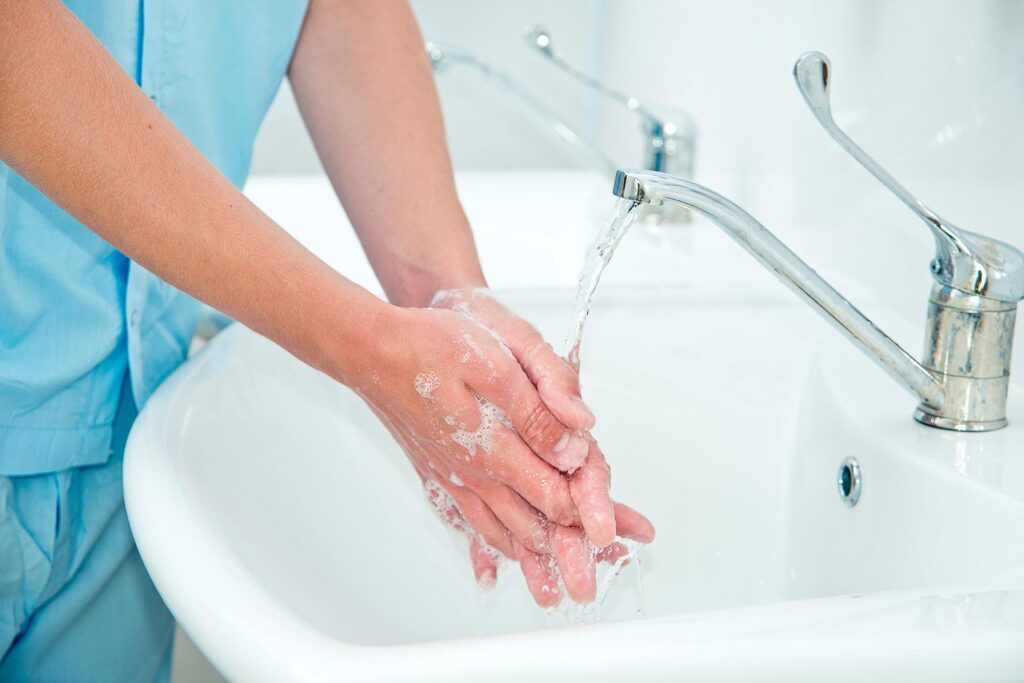Keeping patients safe starts with infection control. Every clinic, no matter the size, needs clear protocols to prevent the spread of harmful pathogens. When healthcare clinics prioritize infection best practices, staff can reduce risks, protect vulnerable patients, and maintain a clean environment that supports healing.
Simple, consistent habits make all the difference in infection control measures for healthcare clinics. Here’s what you need to know.
Hand Hygiene Matters Most
Hand hygiene is the single most effective way to prevent infections. Bacteria and viruses spread quickly through touch, especially in busy clinical settings where staff move between patients throughout the day.
Proper handwashing requires scrubbing all surfaces with soap and water for at least 20 seconds; this should include thumbs, fingertips, and wrists. Alcohol-based hand sanitizers work well when soap isn’t available, but they don’t replace handwashing when hands are visibly soiled.
Make hand hygiene easy by placing sanitizer stations at every entrance, near patient rooms, and in common areas. Train staff to wash their hands before and after patient contact, after removing gloves, and before handling sterile equipment.
Using Personal Protective Equipment
Personal protective equipment (PPE) creates a barrier between healthcare workers and infectious materials. Gloves, masks, gowns, and face shields protect staff and patients when used properly.
Here’s how to get it right:
- Put on gloves before touching anything contaminated or entering isolation rooms.
- Change gloves between patients and after contact with contaminated surfaces.
- Wear masks when treating patients with respiratory infections or during procedures that create splashes.
- Remove PPE carefully to avoid touching contaminated surfaces, and dispose of it immediately.
PPE only works when staff know how to use it. Regular training sessions reinforce proper techniques to help everyone stay sharp.
Maintaining Clean Surfaces and Equipment
Pathogens survive on surfaces for hours or even days. Regular cleaning and disinfection prevent cross-contamination between patients.
Staff must clean high-touch surfaces such as doorknobs, light switches, and exam tables with EPA-approved disinfectants. In addition, they should clean equipment that touches patients after every use. Sterile instruments require specific sterilization methods depending on their intended use. For example, sterile and non-sterile ophthalmic supplies require different approaches to maintain safety.
Create a cleaning schedule that assigns tasks to staff members, and document each cleaning session to maintain accountability and identify any gaps in your routine.
Building a Culture of Safety
Strong infection control measures for healthcare clinics depend on everyone’s participation. When staff understand why these practices matter, they’re more likely to follow them consistently.
Hold regular team meetings to discuss infection control updates and address concerns. Encourage staff to speak up when they notice lapses in protocol, and make it easy to report issues without fear of blame.
Patients also play a role. Post signs reminding visitors to use hand sanitizer and follow respiratory etiquette by covering coughs and sneezes. Infection control isn’t complicated, but it requires attention and consistency. Small efforts add up to create a safer environment for everyone who walks through your doors.
